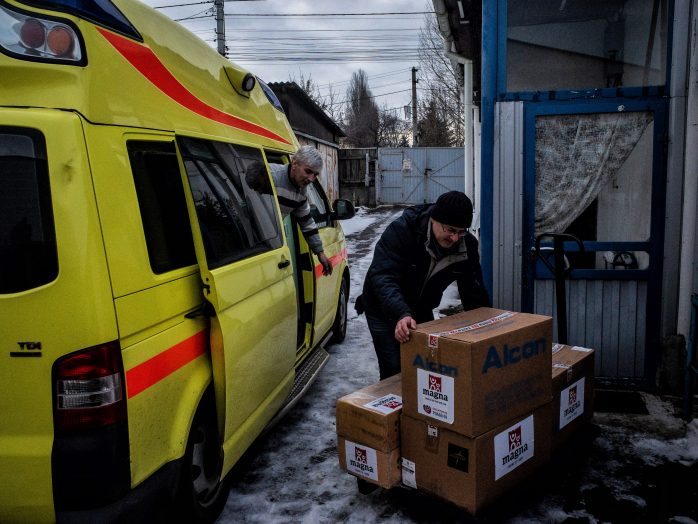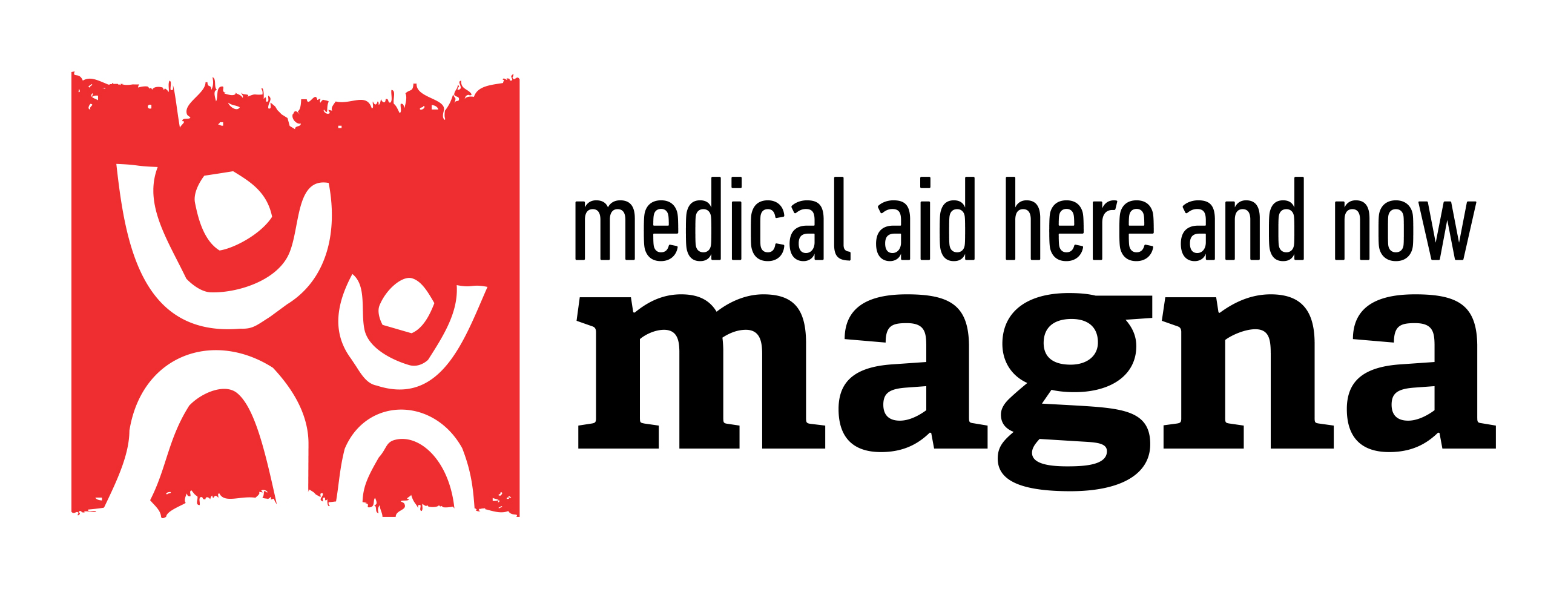
Ukraine: 2 years of war and aid to its victims
Even 2 years after the start of the war, MAGNA teams are still distributing aid in Ukraine and we are currently supplying 16 hospitals with medicines and medical supplies.
Afghanistan today
When the Taliban returned to power, many trained health workers fled. “Now we don’t have enough doctors or supplies to treat people,” says Dr. Baqi. His five daughters are also forbidden from continuing their education, while one has already been to medical school and now faces an uncertain future. Despite all this, he hopes that his children will also have the opportunity to continue working and treating and helping children and families in extreme need, as he is doing today, thanks to help from you.
Save lives with us
Support our direct and transparent lifesaving medical humanitarian care.
Donate online
Heal the child
Buy real items like IVs, mosquito nets or a bicycle that MAGNA teams use in hospitals around the world to treat children.
Work with us
Our work depends on the determination, dedication and hard work of the people who participate in the performance of projects directly in the field, but also in the office.
